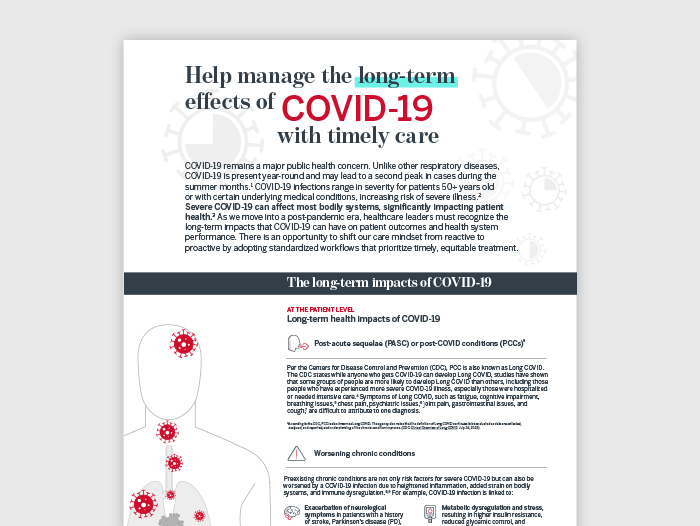Auto logout in seconds.
Continue LogoutOver the last few weeks, COVID-19 cases have been rising as more people stay indoors due to the summer heat and a new omicron subvariant grows in prevalence. Here's where hospitalizations have been rising the fastest.
Where COVID-19 hospitalizations are rising
Currently, both COVID-19 cases and hospitalizations are on the rise again in the United States, with some health experts saying it may be due to more people staying inside from the summer heat. There is also a new omicron subvariant, EG.5.1, that is growing in prevalence.
As of Aug. 5, EG.5.1 was the most prevalent COVID-19 variant in the United States, making up 17.3% of new cases. The most common variants after EG.5.1 are XBB.1.16 (15.6%), XBB.2.23 (11.2%), and XBB.1.5 (10.3%).
According to Stuart Turville, an associate professor at the University of New South Wales in Sydney, the EG.5 group of subvariants is "a little bit more slippery" and "competitive" compared to other current variants and is able to "navigate better the presence of antibodies" from vaccines.
For the week ending July 29, CDC data showed that there were 9,056 new COVID-19 hospitalizations nationwide, a 12.5% increase from the week before. However, several states saw much higher increases in hospitalization rates, including:
- New Hampshire (96.4% increase)
- Vermont (71.4% increase)
- Kansas (66.7% increase)
- South Dakota (50% increase)
- Montana (44.4% increase)
Overall, 18 states had substantial increases in COVID-19 hospitalization rates of 20% or more, and 12 states had moderate increases between 10% and 19.9%.
'Not something that we need to raise any alarm bells over'
While COVID-19 test positivity and hospitalizations are increasing, they're still a "far cry" from past peaks.
For example, there were 44,000 weekly hospital admissions in early January, nearly 45,000 in late July 2022, and 150,000 during the omicron surge in January 2022.
In addition, case tracking and reporting are likely undercounts. However, wastewater surveillance indicates rising COVID-19 concentrations — though still about 2.5 times lower than last summer's levels.
"It is ticking up a little bit, but it's not something that we need to raise any alarm bells over," said David Dowdy, an infectious disease epidemiologist at Johns Hopkins Bloomberg School of Public Health. (Carbajal, Becker's Clinical Leadership & Infection Control, 8/8; CDC COVID-19 data tracker, accessed 8/9; Johnson, Associated Press, 8/8)
Health systems across the world have had no shortage of challenges and hurdles to overcome in the last three years. Many organizations viewed these challenges as an opportunity to make meaningful progress or adapt their strategic priorities. Read on to find out three takeaways to keep in mind as you plan your post-COVID-19 strategy.
Don't miss out on the latest Advisory Board insights
Create your free account to access 1 resource, including the latest research and webinars.
Want access without creating an account?
You have 1 free members-only resource remaining this month.
1 free members-only resources remaining
1 free members-only resources remaining
You've reached your limit of free insights
Become a member to access all of Advisory Board's resources, events, and experts
Never miss out on the latest innovative health care content tailored to you.
Benefits include:
You've reached your limit of free insights
Become a member to access all of Advisory Board's resources, events, and experts
Never miss out on the latest innovative health care content tailored to you.
Benefits include:
This content is available through your Curated Research partnership with Advisory Board. Click on ‘view this resource’ to read the full piece
Email ask@advisory.com to learn more
Click on ‘Become a Member’ to learn about the benefits of a Full-Access partnership with Advisory Board
Never miss out on the latest innovative health care content tailored to you.
Benefits Include:
This is for members only. Learn more.
Click on ‘Become a Member’ to learn about the benefits of a Full-Access partnership with Advisory Board
Never miss out on the latest innovative health care content tailored to you.

